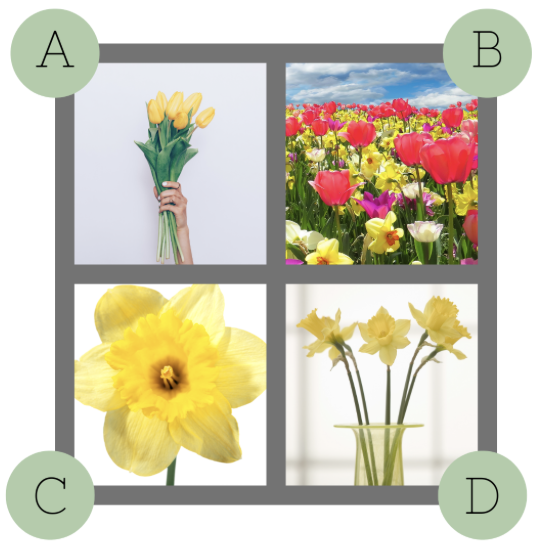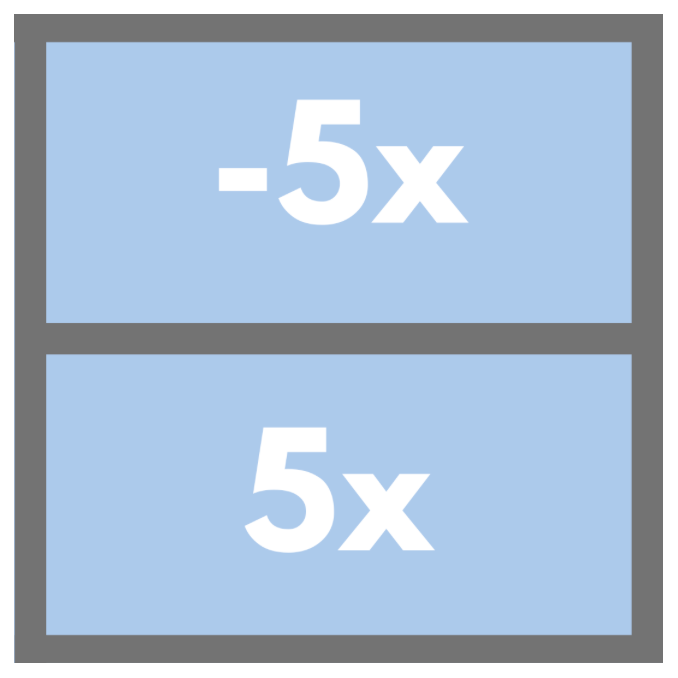I am excited to introduce this week’s guest blogger, Juliana from Collaborated With Juliana. She is here to chat all about math engagement with students! Read her first guest blog post here.

Let’s be honest. It’s really challenging to engage students in math when they’ve struggled with the subject for years and years. Add in this myth that you’re either born a math person or you’re not (which is totally untrue) and it’s no surprise that we as teachers struggle to engage and motivate our students in math.
Luckily, I’ve got some evidence based tricks up my sleeve to share with you in this post!
The key to the boost math engagement with these four structures is that they can all be introduced to students without math, and then we can add the math into the structure which keeps math anxiety low. They also all have multiple correct answers – yes in math! – which makes it so much less intimidating for our students to participate and engage with the activity!
Before we get into the structures themselves, it’s important to mention three key points about the importance of boosting math engagement especially in the special education classroom.

Which One Doesn’t Belong? (called WODB for short) is the most powerful structure I’ve ever seen to boost student math engagement. Here’s how it works:
The key idea with which one doesn’t belong is that it has an entry point for ALL students and is an activity with multiple correct answers, encouraging all students to participate in a low stakes environment. You can check out more about this strategy in this blog post too!

Same and Different is very similar to WODB, but with only two choices for students. Sometimes reducing the choice is very helpful. Here’s how it works:
The key idea with Same and Different is that it’s a great way to think about a concept multiple times and in multiple ways. It’s approachable because there are so many different answers which helps students feel more comfortable to participate. This is a great way to boost math engagement!

Notice and wonder is my favorite word problem strategy! Ever! But I love to introduce the structure with a non-math image just like the other structures to keep the math anxiety low. Here’s how it works:
Notice and Wonder is a game-changer for ensuring students understand the context and information within a word problem or task before they’re given a question to solve. If you’d like to dive deeper into this structure, check out this blog post. There are more math engagement tips.

I learned about this structure from the book, How Many? by Christopher Danielson, and I encourage you to check it out for all the amazing and simple tips inside the book! Many special education teachers tell me this is their absolute favorite structure, even in high school. Here’s how it works:
How Many is a fun way to get students to see everyday images in mathematical ways! This could be applied on a “math walk” around the school or neighborhood too!
In this post we covered four insanely easy engagement boosting math structures: which one doesn’t belong, same and different, notice and wonder, and how many. All of these structures can be introduced to students without math. It keeps that math anxiety low. These structures also focus on reasoning instead of one correct answer which invites participation and engagement.
All of these structures work as a wonderful 5-10 minute warm up to help all students start off with a quick math win in your classroom or can be used in the middle of the period for a little brain break.
Teaching math is challenging. It’s especially challenging when you’re teaching students who really struggle with math. I hope these four structures get you excited about the engagement possibilities in your own classroom!
What are you looking for?
COPYRIGHT © 2025 Full SPED Ahead